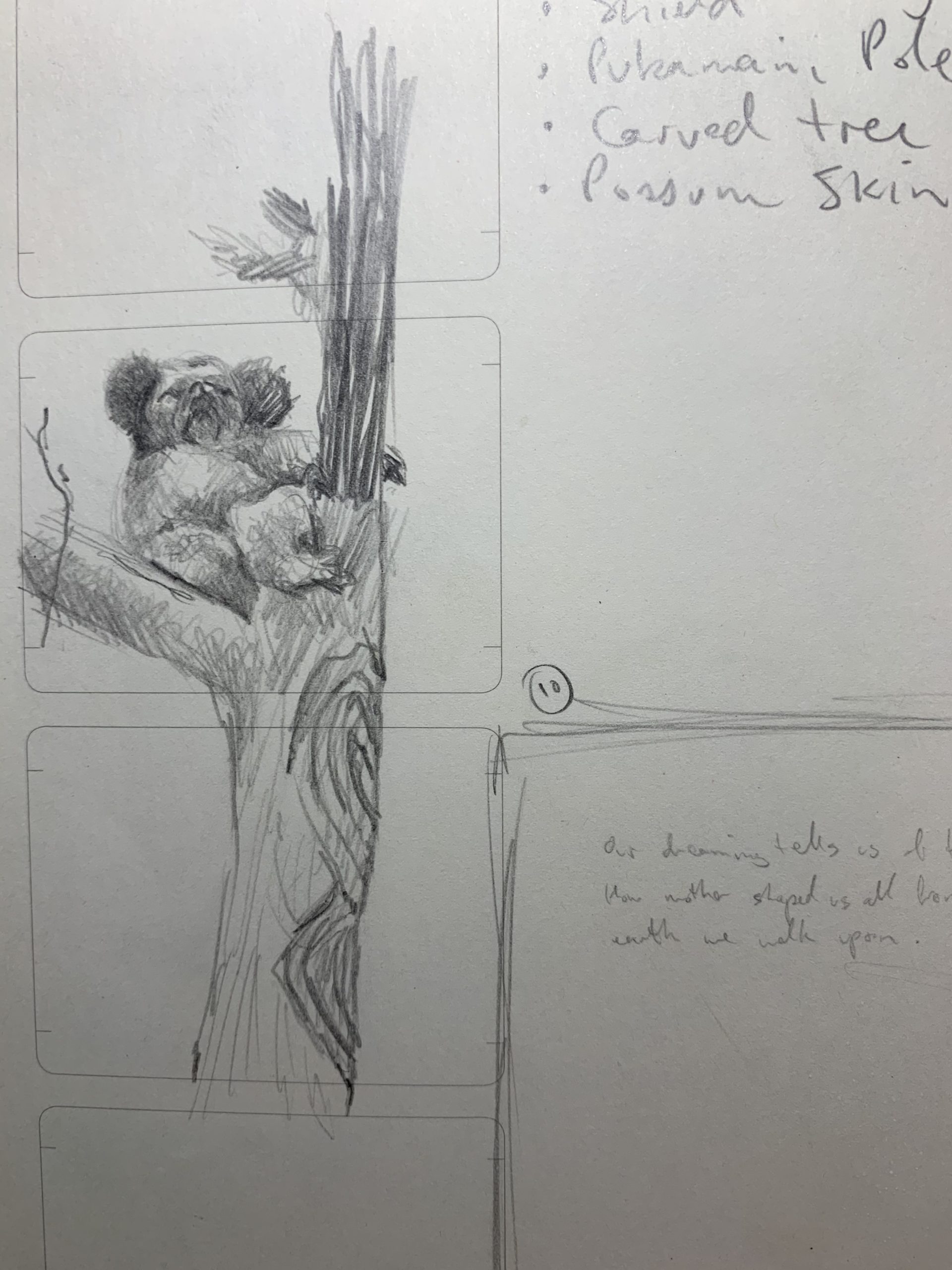Picture book illustration: Dub Leffler
If you’ve ever wondered what goes into the illustration process of a picture book, this is the post for you. Illustrator Dub Leffler is a descendant of the Bigambul people of South West Queensland and one of Australia’s most sought after children’s book illustrators. He has created 23 books and I’ve been fortunate enough to edit two of them — Sorry Day by Coral Vass (2018) and Strangers on Country by Kirsty Murray and Dave Hartley (out April 2020).
Read More »Picture book illustration: Dub Leffler
In this interview he takes us behind the scenes on his creative process and gives us an insight into the publishing process, which is particularly invaluable for emerging picture book creators wanting to understand the nuts and bolts of it. I didn’t manage to get him to dish the dirt on working with the illusive Banksy (damn it) but he explains how new books have come to him through psychics and werewolves, how coffee and salt can be a medium for illustration, and what makes him want to illustrate an author’s manuscript.
Irma Gold: You are one of 13 kids, what was life like growing up? And did you spend a lot of time drawing?
Dub Leffler: Yes, it is a big family, however I didn’t grow up with my family due to being adopted at birth. Growing up in my adoptive family — who had five boys including myself — I always had time for drawing and did so quite frequently. I remember drawing a lot — before and after school, usually using spare pages in my school exercise books. I even made my own picture books using spare paper and dodgy staples.

IG: What led you to illustrating children’s picture books?
DL: My mother went to a psychic and the psychic told her, ‘Your son, is going to write a book and he will travel overseas.’ A few months later, I moved back to Sydney and the following morning a lady came to the house I was renting to speak with my flatmate about working on children’s books. So it literally came to my doorstep. And the rest, as they say, is history.
IG: What does a typical day or week look like for you?
DL: A typical day for me is — drop daughter off at school, take dog for a jog and then work until 12 pm. Coffee break and then work again until about 2 pm. I often work late into the night/early morning too, because it is the quietest time. Going to bed between 1 am and 2 am is not uncommon.
